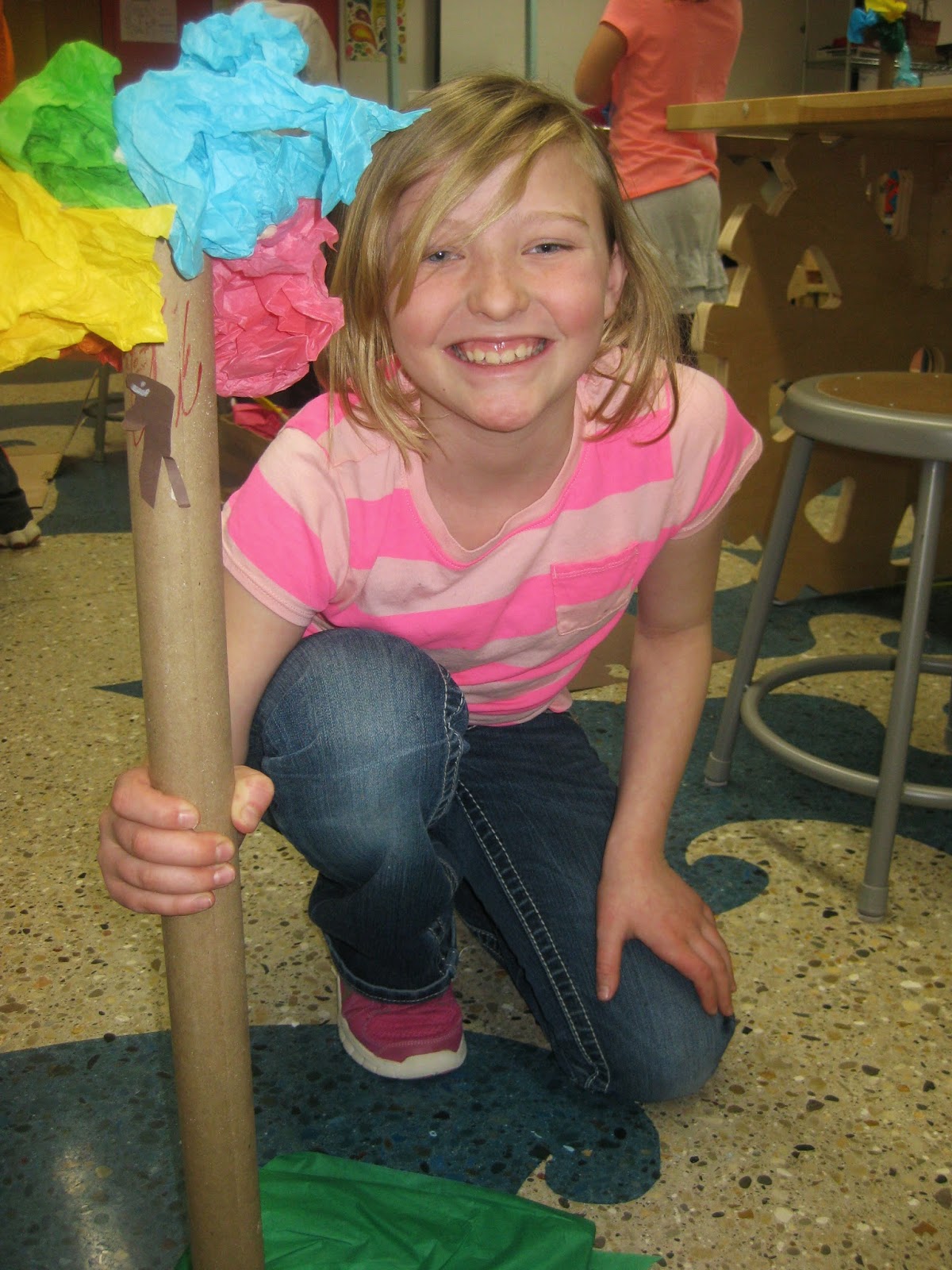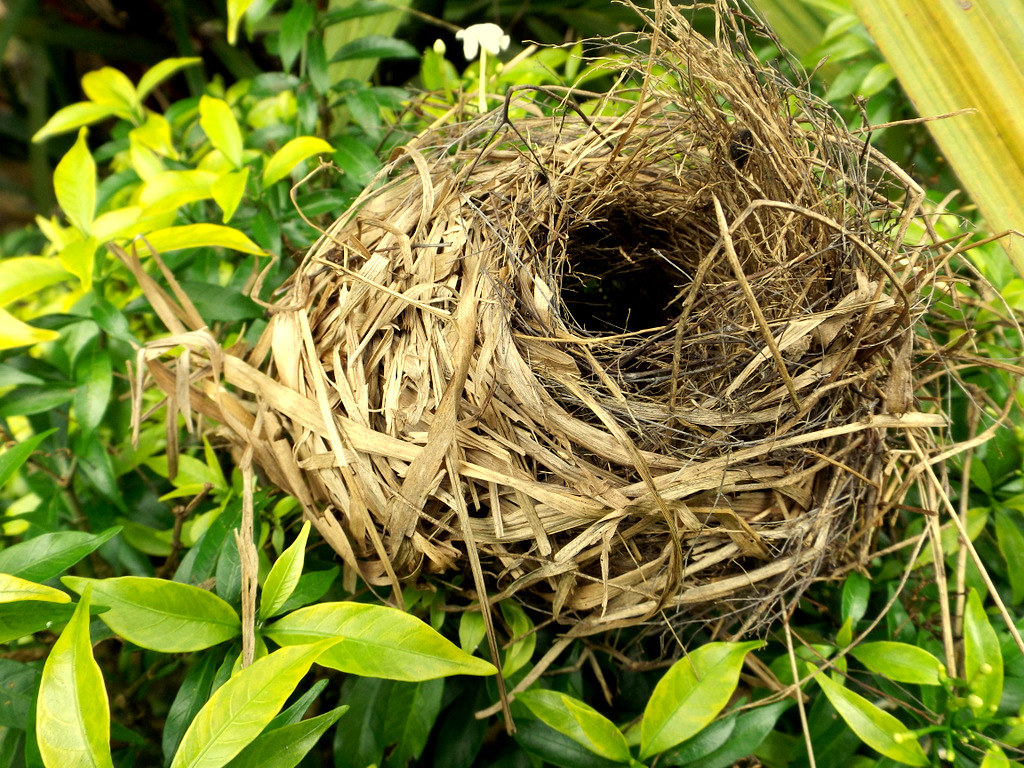 Last week, two of our third graders, who have been working since January on building a lemonade/hot chocolate stand in the Makerspace got to see their project come to life. During lunch time they were granted permission from our principal to sell popcorn and lemonade to their peers. I have never seen two young students so enthusiastically embrace a project, and I was also thrilled to see how many other students were inspired and motivated by what they saw the girls do. They started by submitting their proposal to our principal - what would they sell, when would the stand be open, who would their customers be, and what would they do with the profit. Then they "hired" employees and gathered inventory (thanks in large part to their moms who not only helped prepare for the sale, but helped set up, supervise, and clean up as well. They came up with a marketing plan - how would they make sure their classmates knew to bring money the day the stand was open? And they practiced making change and working with money.
Last week, two of our third graders, who have been working since January on building a lemonade/hot chocolate stand in the Makerspace got to see their project come to life. During lunch time they were granted permission from our principal to sell popcorn and lemonade to their peers. I have never seen two young students so enthusiastically embrace a project, and I was also thrilled to see how many other students were inspired and motivated by what they saw the girls do. They started by submitting their proposal to our principal - what would they sell, when would the stand be open, who would their customers be, and what would they do with the profit. Then they "hired" employees and gathered inventory (thanks in large part to their moms who not only helped prepare for the sale, but helped set up, supervise, and clean up as well. They came up with a marketing plan - how would they make sure their classmates knew to bring money the day the stand was open? And they practiced making change and working with money.
Once the stand was open, the other students were thrilled. We started small - selling only to their grade level peers - with the thought that at some point they might be able to expand. Kids in the other grades were begging to have a chance to buy treats during their lunch time, too.
This experience provided them with an opportunity that I don't think any of them will forget. And not only did they have fun, they learned career oriented skills and they inspired others in the school to push themselves on their next Makerspace projects, too!
































